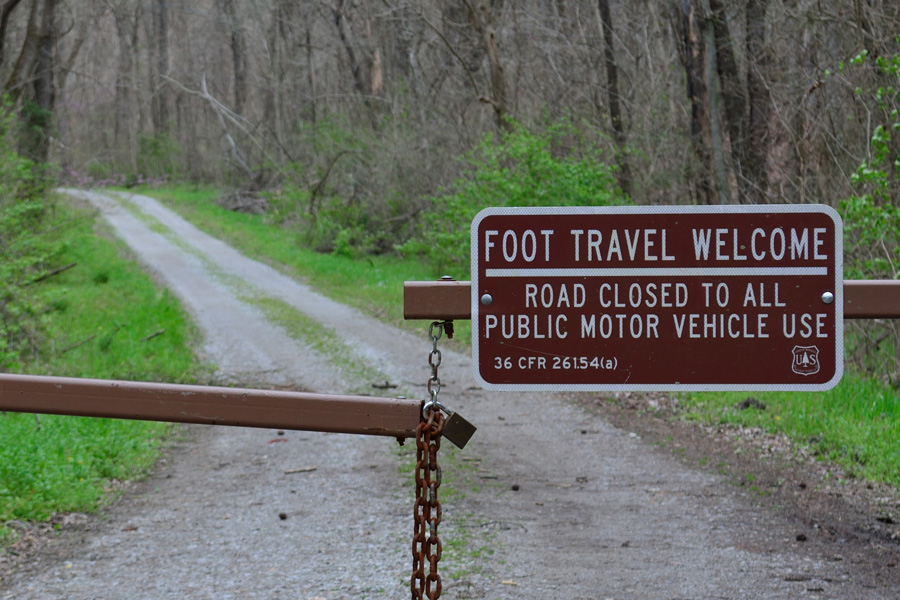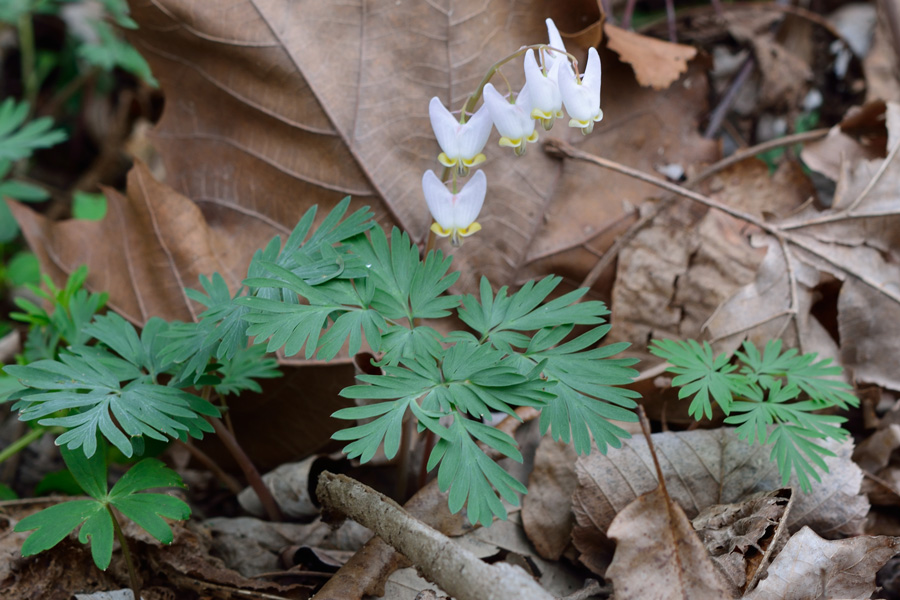A.k.a. Snake Road!
The Larue – Pine Hills Research Natural Area is a special property managed by the U.S.D.A. Shawnee National Forest. It’s located on the eastern edge of the Mississippi River floodplain south of Chester, Illinois.


Each year for two months in the spring and two months in the fall, a 2.5 mile section of Larue Road is closed to vehicle traffic to protect snakes and other animals on their annual migrations. In the spring the snakes move from their winter homes in the rocky hills and cliffs to their summer homes in the forest, swamps, and wetlands. Each fall they migrate back again.





Larue – Pine Hills is a great place to look for spring wildflowers.








Larue – Pine Hills is a great place to look for spring wildflowers, that is, if you don’t mind a few snakes.

We lost track of how many different snakes were on the road, but we did see five different species. This is a Ribbon Snake.


Ringneck Snake.

Midland Brown Snake.

There was also a water snake of some sort that I did not photograph.
Nearly all of the snakes were Cottonmouths, a member of the pit viper family, sometimes called Water Moccasins.
Two things were very interesting about the Cottonmouths. First, their behavior. They were moving quietly and slowly across the road, but when they’d detect a person nearby they’d stop and lift their heads. Perhaps this makes their heat-sensing pits more effective. Then if they thought a person was too close, they’d open their mouths as a warning, displaying the white interior.



The second thing that was very interesting was the wide variety in patterns and colors.








Cottonmouths swim with their bodies floating on top of the water, leaving trails in the floating algae.


This Cottonmouth had a meal before crossing the road.

Colored more like a Copperhead snake, the dark band across the side of the face and eyes indicates this is a Cottonmouth.

Nice photos! This is one of my favorite places. Fun photo of the cottonmouth algae trail and then the cottonmouth itself with algae coating.
Thanks for the great information and pictures! I used this with my class fro a writing activity and they LOVED the photos!
Thanks Barb. Your class should go there and see it in person. 🙂